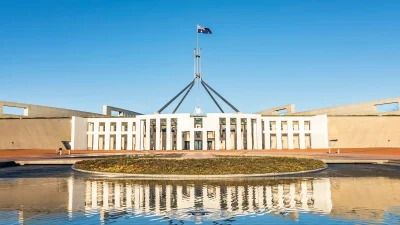Low-cost multi-asset funds more volatile


Investors in low-cost multi-asset funds are more likely to experience higher volatility when markets decline due to the differences in how they are constructed and managed when compared to a higher-cost group, according to Zenith’s 2018 Multi-asset Diversified Review of 88 funds.
The research found that although both groups delivered similar returns over the five-year period to 30 June of 8.5 per cent and 8.4 per cent respectively, the low-cost group suffered a worse loss (drawdown) of 6.4 per cent versus 5.1 per cent for high-cost funds.
Zenith compared the performance and drawdown of the rated funds among two groups of funds: those with a management fee below 0.58 per cent per annum and those with fees above this amount.
However, higher-cost group funds maintained a much higher average allocation to alternatives of 6.8 per cent against 0.8 per cent in case of their lower-cost counterparts. According to Zenith, alternative investments are beyond the mainstream asset classes and use derivatives to help perform in both rising and falling markets, which comes at a higher cost.
Zenith’s head of multi-asset, Andrew Yap, warned that although low-cost funds might seem more attractive to investors, particularly in a low rate environment, they should not base their product selection decisions solely on cost considerations.
“Investors need to be aware that these fundamental differences can impact relative performance between the groups and affect risk and return outcomes, despite low- and high-cost multi-asset funds having a similar label presented to investors,” he said.
The three main differences in the way low-cost funds were structured, according to Zenith, included a lower allocation to alternatives, less active asset allocation and increased weightings to asset classes that often had a higher prevalence of low-cost structures such as exchange-traded funds and passive funds.
Recommended for you
T. Rowe Price believes Australian growth is successfully managing to shrug off consumer weakness, but the firm’s multi-asset team is not yet positive enough to increase its underweight position.
Iress has issued an update denying the validity of “certain statements” made by an alleged threat actor, following a cyber incident last weekend.
The latest budget papers have outlined a $10 million provision for ASIC greenwashing enforcement activity as well as funds for a sustainable labelling regime to be partially met by industry levies.
Betashares has expanded its fixed income solutions with the launch of a new ETF offering exposure to subordinated bonds issued by the big four Australian banks.














